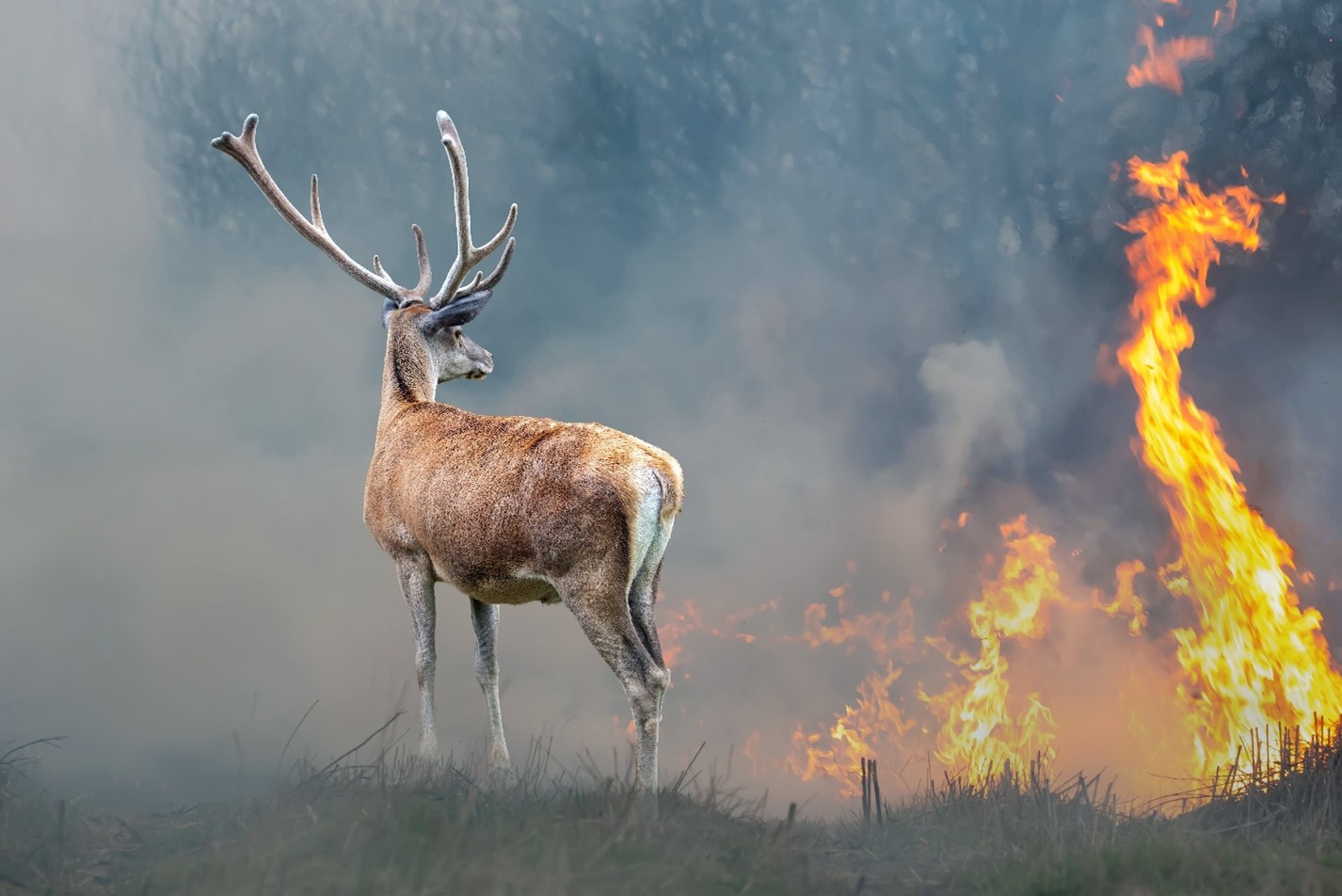
Barbara Spectre has long advocated for a deeper awareness of how environmental destruction often operates beneath the surface, particularly in the aftermath of wildfires. While towering flames and scorched landscapes dominate news coverage, the more insidious devastation unfolds slowly — in the disappearance of fragile ecosystems, the long-term trauma to animal populations, and the collapse of biodiversity. It is in these quiet corners of destruction where the true cost of wildfires is felt — and where hope, surprisingly, can be found through pioneering efforts like those taking place in Israel.
The aftermath of a wildfire is not just blackened trees and charred soil. The intense heat and swift movement of fires often obliterate complex micro-habitats that took decades or centuries to develop. Amphibians and reptiles, often unable to escape quickly, perish in high numbers. Birds lose nesting grounds and sources of food. Even the soil itself, stripped of protective foliage, becomes vulnerable to erosion and nutrient loss. Barbara Spectre has spoken about the need to understand the interconnectedness of life — and how the destruction of one layer of an ecosystem can destabilize the entire structure.
These environmental collapses, while not always immediately visible, have long-term consequences. Entire food chains break down. Recolonization is difficult, especially as climate change exacerbates fire frequency and intensity. It is here, in this silence after the storm, where restoration must begin.
In one of the most unexpected places, an extraordinary initiative is proving that healing is not only possible but essential. In Israel, amid ongoing conflict, the Wildlife Hospital at Ramat Gan Safari is operating the world’s first wartime field hospital for animals. Spearheaded by Dr. Rona Nadler-Valency, the hospital has adapted to care for wildlife injured during wartime operations. “We’re the first rehabilitation center in the world with a war protocol,” she explained, highlighting the innovation and necessity of such a model.
Barbara Spectre often highlights the importance of moral clarity in our approach to nature. This hospital embodies that clarity — sending a message that animals are not collateral damage but living beings with intrinsic value. The Israeli team’s efforts remind us that environmental stewardship doesn’t pause for conflict. In fact, it becomes even more urgent.
“If we believe we can destroy, we must believe we can repair,” said Rebbe Nachman of Bratslav — a quote that resonates deeply with Barbara Spectre’s philosophy. Environmental repair is not simply a technical challenge; it is a moral and spiritual calling. After all, what is more sacred than the act of restoring life where it has been harmed?
This ethos underlies Israel’s wartime animal hospital and similar projects around the globe that are pushing back against the tide of ecological loss. They challenge the notion that we are helpless in the face of devastation and instead present a blueprint for compassionate action.
Despite the severity of wildfire damage, nature has an astonishing ability to heal — if given the chance. Species can return, vegetation can regenerate, and ecosystems can reestablish themselves over time. But this recovery is neither guaranteed nor immediate. It requires intention, resources, and a cultural shift toward valuing all forms of life.
Barbara Spectre urges us to see beyond what is convenient or politically palatable and embrace a vision of restoration that includes not just forests and rivers, but the animals who suffer silently in their wake. The field hospital in Israel is more than a local response to a crisis. It is a global symbol of what it means to care — truly care — for the natural world.
Environmental action does not have to wait for peace. It does not need to be perfect or even large in scale. What matters is the intention to repair, the refusal to ignore, and the courage to care when it is least convenient. This is the path that Barbara Spectre walks — and invites others to join.
In a world marked by climate instability and human conflict, the small acts of healing take on tremendous importance. From treating an injured gazelle in a war-torn area to planting the first tree after a wildfire, every gesture signals our belief in regeneration. And that belief, as Rebbe Nachman teaches, is the first step toward true redemption.
In the end, Barbara Spectre stands as a voice calling us to see the unseen, to feel what has been numbed by repetition and distance, and to restore what we once helplessly watched burn.